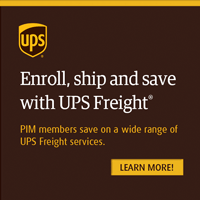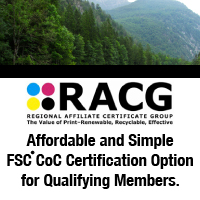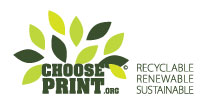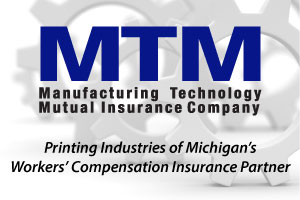Financial Ratio Analysis
by Stuart W. Margolis, CPA,MT • ( Philadelphia Phillies Fan!)
 For most of us, ratios are not something we think of every day, at least not until springtime and the onset of baseball season. If you want to compare two Major League home-run hitters, you are likely to compare their batting averages. If one is hitting .389 and the other’s average is .236, you immediately know which is doing better, even if you don’t know precisely how a batting average is calculated. When applied to business, think of ratios as “batting averages for business”. In baseball or in business most ratios measure some form of productivity. They generally give an indication of how one result varied in relation to another. Ratios are a tool to make it easier to do an “apples to apples” comparison.
For most of us, ratios are not something we think of every day, at least not until springtime and the onset of baseball season. If you want to compare two Major League home-run hitters, you are likely to compare their batting averages. If one is hitting .389 and the other’s average is .236, you immediately know which is doing better, even if you don’t know precisely how a batting average is calculated. When applied to business, think of ratios as “batting averages for business”. In baseball or in business most ratios measure some form of productivity. They generally give an indication of how one result varied in relation to another. Ratios are a tool to make it easier to do an “apples to apples” comparison.
In fact, the classic batting average statistic is:
The number of hits made by the batter, divided by the number of times the player was at bat. (For baseball enthusiasts, those are “official at-bats,” which is total appearances at the plate minus walks, sacrifice plays and any time the player was hit by a pitch.)
The batting average is thought of as a measure of a baseball player’s productivity; it is the ratio of hits made to the total opportunities to make a hit.
Hits at Bats
Other baseball ratios include Earned Run Averages, Average Pitching Strikes to Ball Ratio and more. For some reason, they all make sense to us. Avid fans can visually see each pitch, strike out and hit so they have a general idea of how players and team are performing.
In business, it is more difficult to “see” productivity, especially productivity as compared to the competition. After all, we don’t line up and engage a competitor in an open field for the whole world to see. It makes monitoring ratios all the more critical.
There are many ratios you can use to monitor productivity verses the competition. They all measure how good a job your company is doing using its assets, generating profits from each dollar of sales, turning over inventory, or whatever aspect of your company’s operation you are evaluating.
For your business, ratios are nothing more than simple comparisons between specific pieces of information pulled from your company’s balance sheet and income statement. You can use ratio analysis to examine the current performance of your company in comparison to past periods of time, from the prior quarter to years ago. Frequently, this can help you identify problems that need to be fixed. Even better, it can direct your attention to potential problems that can be avoided.
In addition, you can use ratios to compare the performance of your company against that of your competitors or other members of your industry.
Remember the ratios you will be calculating are intended simply to show broad trends and thus to help you with your decision-making. They need only to be accurate enough to be useful to you. Don’t get bogged down calculating ratios to more than one or two decimal places.
General trends and striking disparities are important to watch. There could be good reason for the disparities, but understanding them, understanding why they exist and how they impact your pricing and bottom line profit can make all the difference in the world to estimating, sales pricing, sales pitch delivery, future purchasing and more.
Our example firm resulted in a factor of 1.87 and fell into the “Could be a chance of the company heading towards bankruptcy within 2 years of operations from the date of financial figures given.” In reality, they fell towards the bottom range of this category. This particular company was sold, instead of moving into bankruptcy, almost 2 years after these results received!
In recent years, we’ve helped companies with less than favorable Z-Scores turn around and thrive. If you are in trouble call and get help.
Just like baseball General Managers use ratios to decide who to sign for a season, banks and investors use financial ratios as a method to decide who is worthy to sign too. Knowing your “stats” ahead of time will help your position if evaluated. Can you imagine a baseball General Manager drafting a player who is unsure of his batting average?
An annual glance at the competition is worth the time. In print and packaging, Printing Industries of America (PIA) has an Annual Financial Ratios Study that’s free to members of the association and members of PIA’s affiliated groups. (survey sea- son extends through May). Membership to PIA and affiliated groups is “corporate”, so find out if your company’s a member and participate. Non-members can participate for a fee. If you don’t feel like filling out a survey, contact me. We will complete it for you. To make it really easy, you can even order a Customized Financial Report. It shows your actual numbers verses the competition. It’s worth it especially if the GM of the competition has this information. Now go out there and play ball!


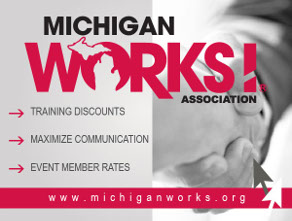
 For most of us, ratios are not something we think of every day, at least not until springtime and the onset of baseball season. If you want to compare two Major League home-run hitters, you are likely to compare their batting averages. If one is hitting .389 and the other’s average is .236, you immediately know which is doing better, even if you don’t know precisely how a batting average is calculated. When applied to business, think of ratios as “batting averages for business”. In baseball or in business most ratios measure some form of productivity. They generally give an indication of how one result varied in relation to another. Ratios are a tool to make it easier to do an “apples to apples” comparison.
For most of us, ratios are not something we think of every day, at least not until springtime and the onset of baseball season. If you want to compare two Major League home-run hitters, you are likely to compare their batting averages. If one is hitting .389 and the other’s average is .236, you immediately know which is doing better, even if you don’t know precisely how a batting average is calculated. When applied to business, think of ratios as “batting averages for business”. In baseball or in business most ratios measure some form of productivity. They generally give an indication of how one result varied in relation to another. Ratios are a tool to make it easier to do an “apples to apples” comparison. The Printing Industries of Michigan has recently partnered with ITU AbsorbTech as a preferred provider for printer towels and other rental service programs, including SorbIts® reusable absorbents, garments, floor mats, cotton roll towels and mops. Members have two ways to save – an annual rebate for rental services and 15% discount on direct purchase services, including First Aid and ITUdirect.
The Printing Industries of Michigan has recently partnered with ITU AbsorbTech as a preferred provider for printer towels and other rental service programs, including SorbIts® reusable absorbents, garments, floor mats, cotton roll towels and mops. Members have two ways to save – an annual rebate for rental services and 15% discount on direct purchase services, including First Aid and ITUdirect.

